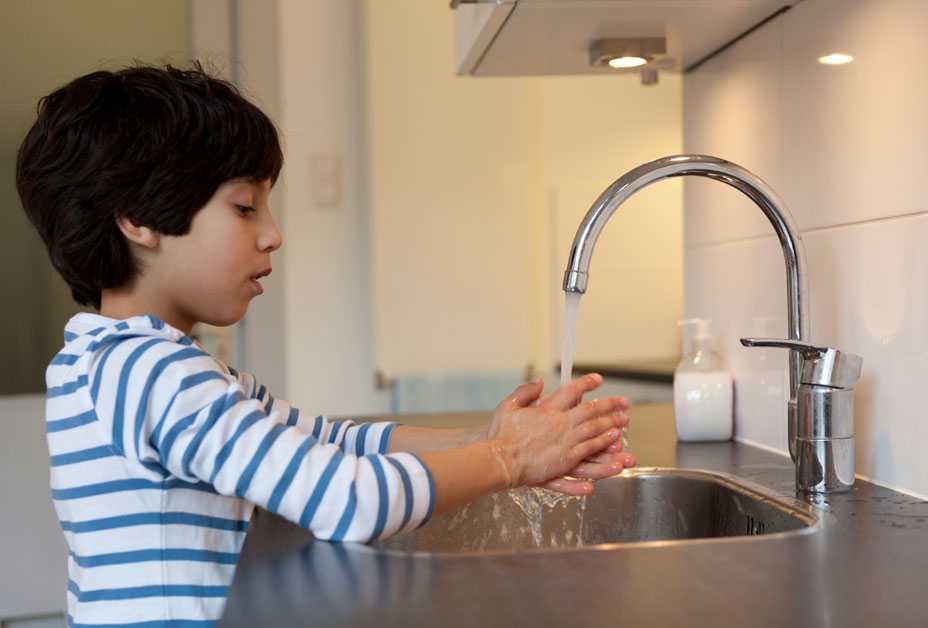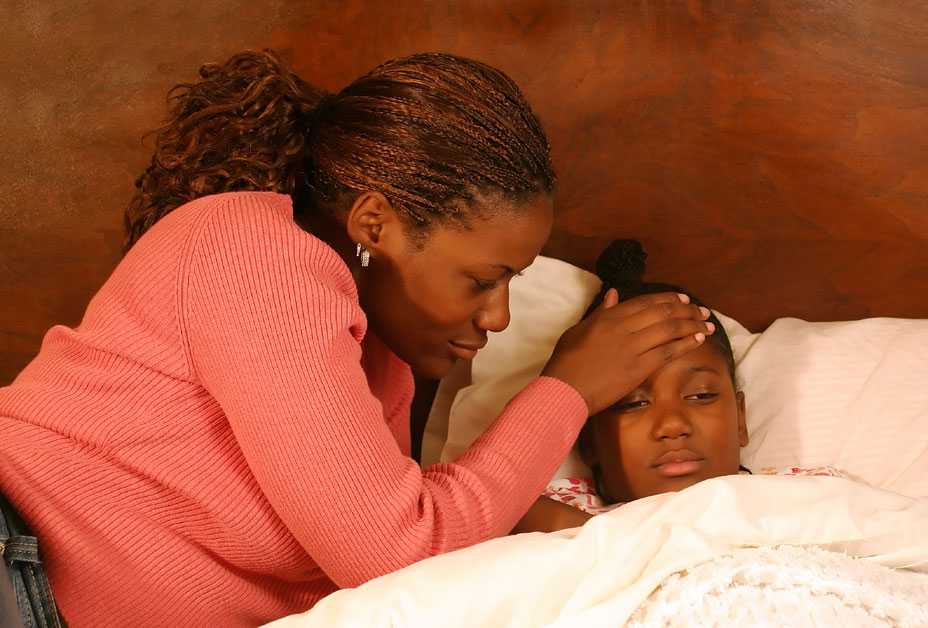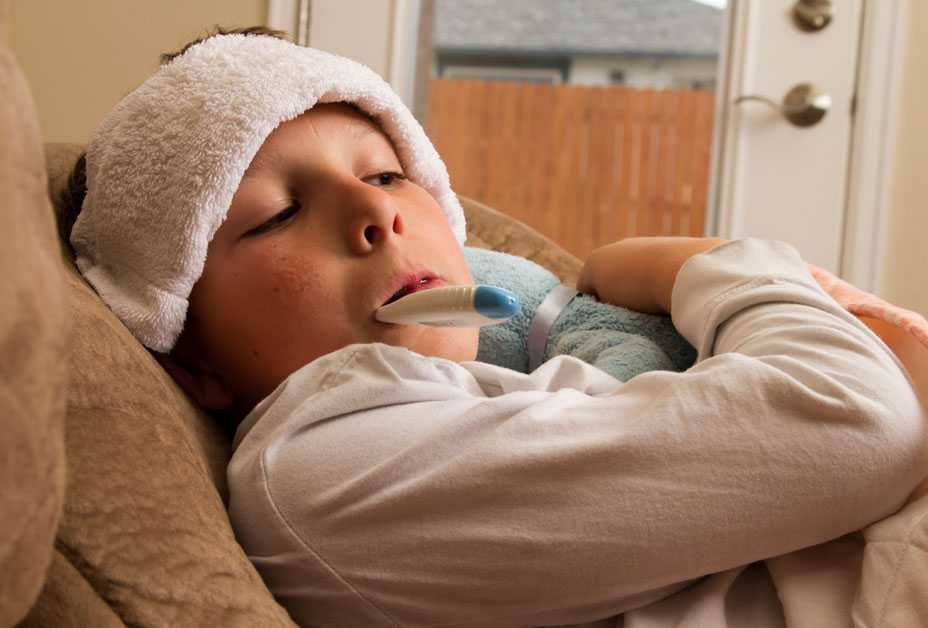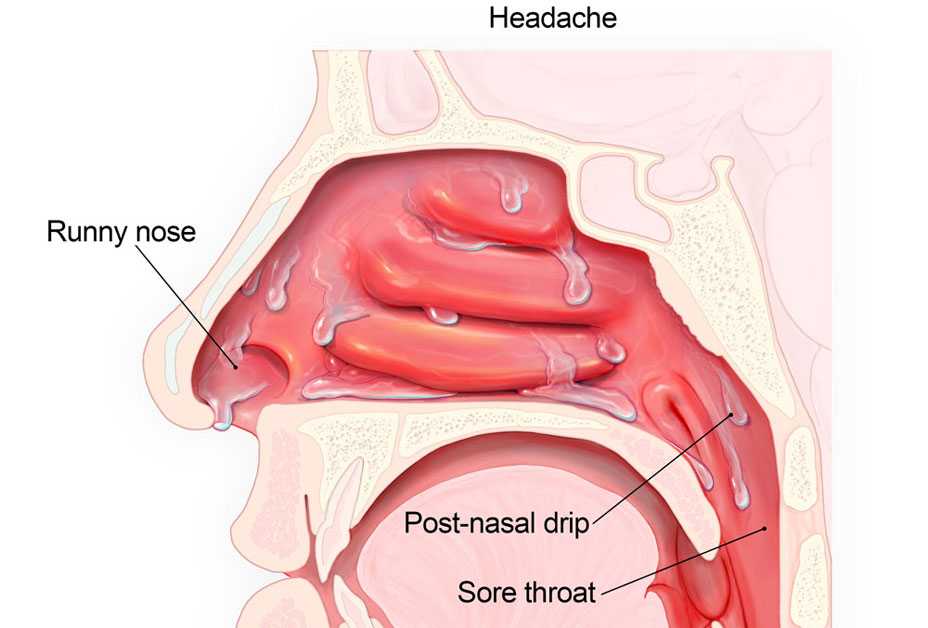Common Cold
[kom-uh n] [kohld]
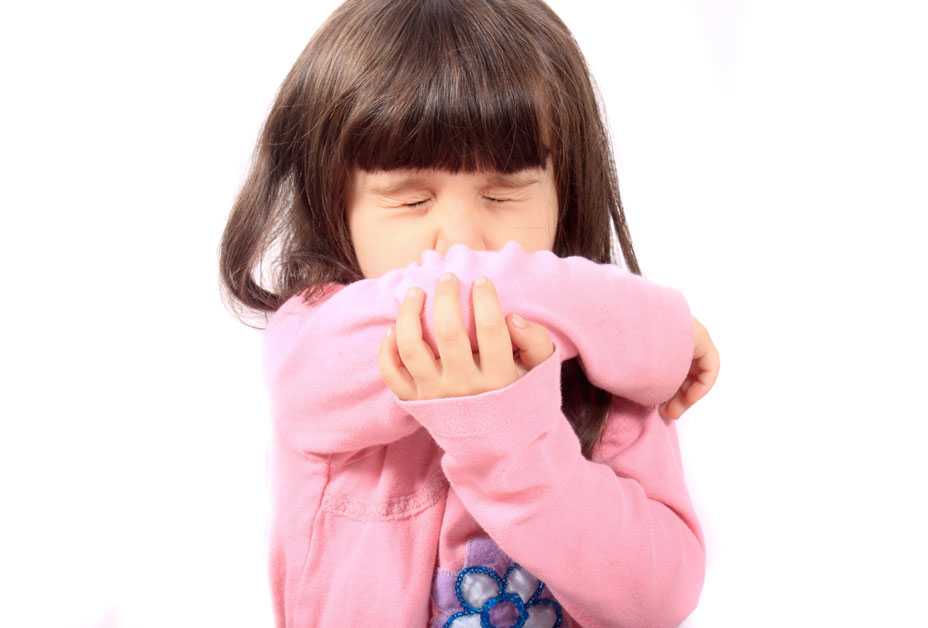
Most people get colds in the winter and spring, but it is possible to get a cold any time of the year. Symptoms usually include sore throat, runny nose, coughing, sneezing, watery eyes, headaches and body aches. Most people recover within about 7-10 days. However, people with weakened immune systems, asthma, or conditions that affect the lungs and breathing passages may develop serious illness, such as pneumonia. Common colds are the main reason that children miss school and adults miss work. Each year in the United States, millions of people get the common cold. Adults have an average of 2-3 colds per year, and children have even more.
Quiz
Key Facts
- Every year, adults have an average of 2–3 colds, and children have even more.
- Many viruses can cause colds, but rhinoviruses are most common. Infections spread through the air and close personal contact.
- There is no cure for a cold. To feel better, you should get lots of rest and drink plenty of fluids.
- Symptoms of a cold usually include sore throat, runny nose, coughing, sneezing, watery eyes, headaches and body aches.
- To reduce your risk of getting a cold wash hands often with soap and water, and avoid touching your face with unwashed hands.
Media
Prevention Tips
- Wash your hands often with soap and water. Wash them for 20 seconds, and help young children do the same. If soap and water are not available, use an alcohol-based hand sanitizer. Viruses that cause colds can stay on your hands, and regular handwashing can help protect you from getting sick.
- Avoid touching your eyes, nose, and mouth with unwashed hands. Viruses that cause colds can enter your body this way and make you sick.
- Stay away from people who are sick. Sick people can spread viruses that cause the common cold through close contact with others.
- Disinfect frequently touched surfaces, including objects such as toys and doorknobs.
- Page last reviewed: March 3, 2016
- Page last updated: March 3, 2016
- Content source:


 ShareCompartir
ShareCompartir
